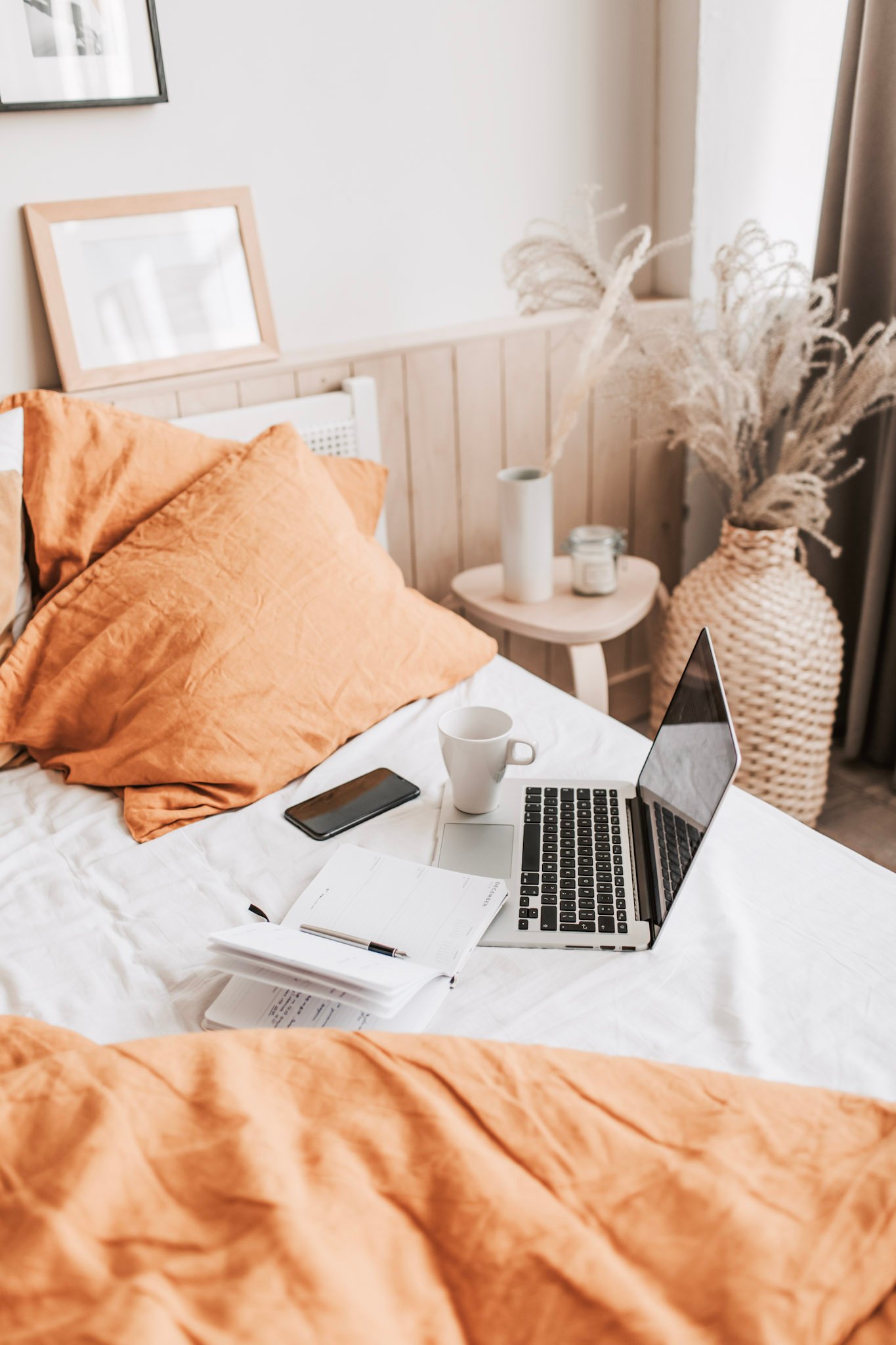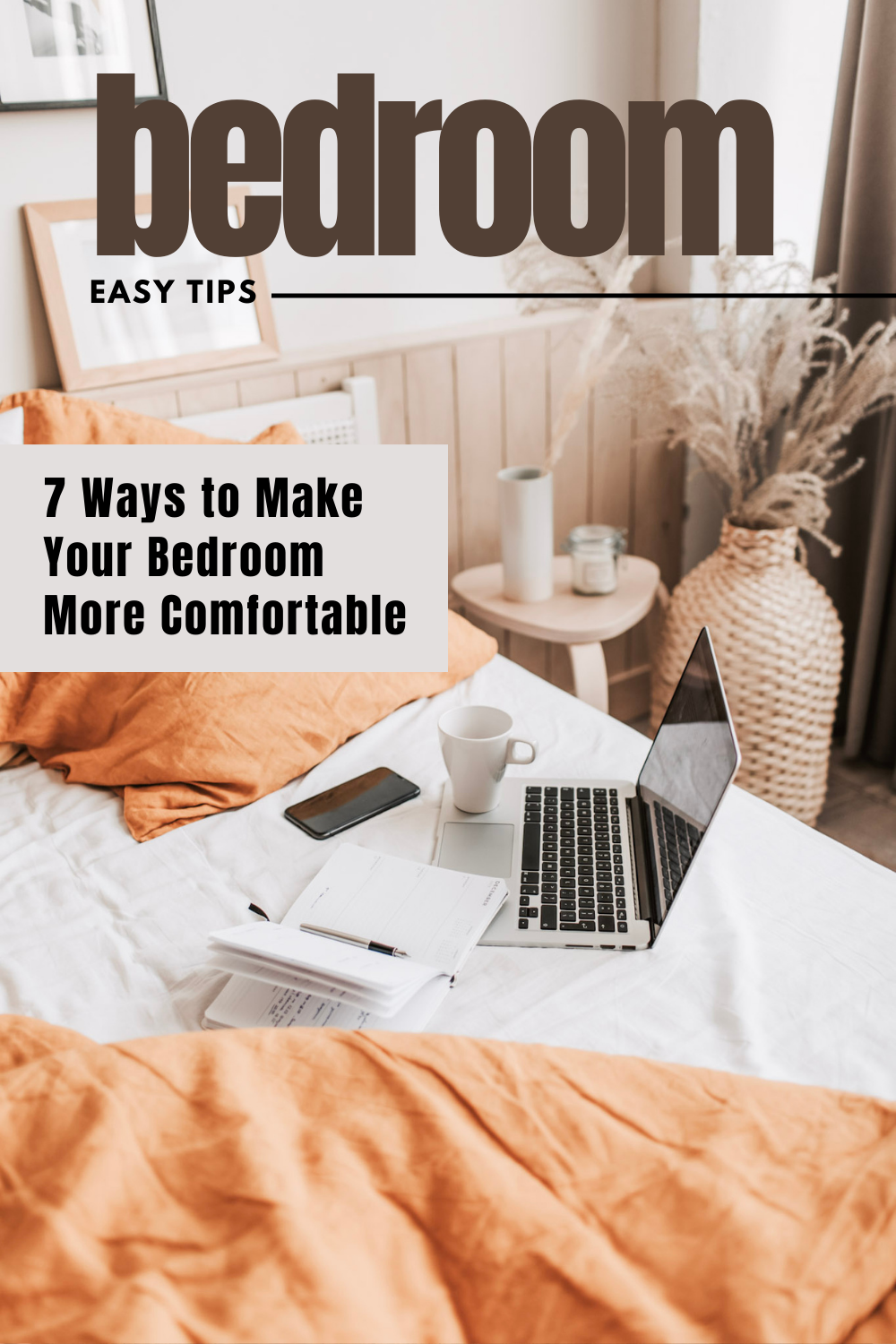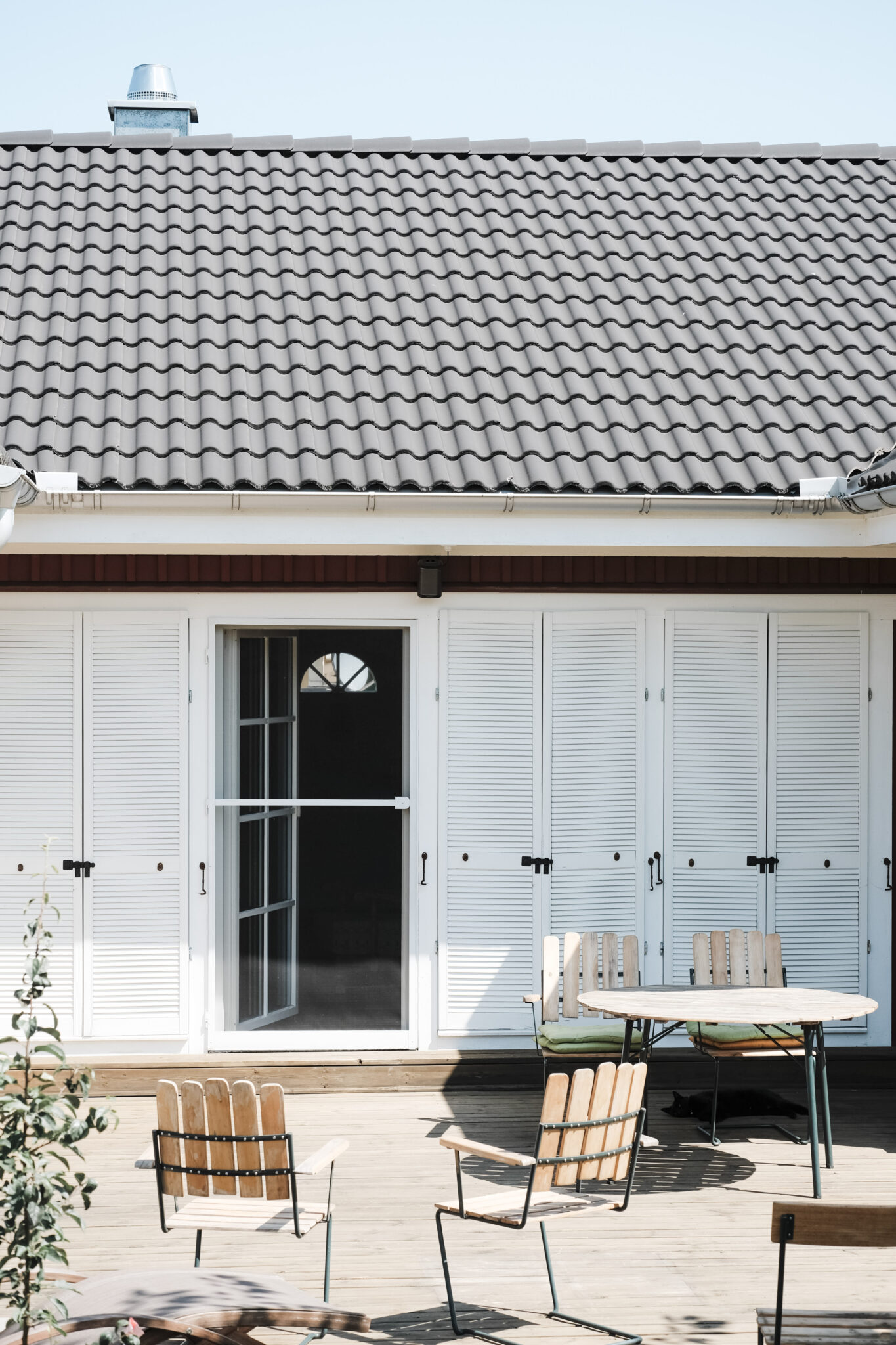7 Ways to Make Your Bedroom More Comfortable

Make Your Bedroom More Comfortable
If you have kids and work long hours, you’re probably exhausted by the time your day draws to an end. The last thing you need is to come back home and sleep on an uncomfortable bed or feel cold during the winter months.
In the end, getting a good night’s rest is critical for our health and longevity.
Luckily, there are lots of ways to improve the functionality of your bedroom. These are seven easy tricks that anyone can use to make this room much cozier.
Read on to discover ways to make your bedroom more comfortable.
1. Fix Lights
One of the most common mistakes homeowners make is focusing a bit too much on interior design. While you do want to leave a nice-looking house, that doesn’t mean you should sacrifice comfort and functionality for aesthetics.
This is most noticeable with lighting.
Many people put intense lights in their bedrooms. Most especially if they’re going with bright white furniture.
While it might be pleasing to the eye, you won’t get a good shut-eye with this choice.
Furthermore, not only should you make lights less intense, but you should also avoid placing them right above your head.
2. Find Right Temperature
It also doesn’t help if you’re trembling or sweating during the night. Besides insulation and opening the windows, there are a few other things you can do.
Adding a thermostat and manually controlling temperature.
“If you wish to feel comfortable while sleeping, you should definitely go with 65 degrees,” suggests Natal Air Conditioning, an AC installation in Pompano Beach, FL.
This is the perfect heat for the human body, as it’s not too cold or warm.
Besides adjusting the temperature externally, you should also pay attention to a few other things that might increase it.
For example, using too many cushions will make it feel like an oven. You should also check the materials your mattress is made from.
3. Consider Furniture
Your main priority when arranging your room is to create a space where you can get the best sleep. Anything that can interrupt that cycle should be considered unnecessary. It is better to remove them.
The best example of this is the furniture.
Adding an armchair might seem like an excellent solution. But, honestly, how often are you going to sit there?
Of course, your layout will also vary based on the size of the house. If you’re living in an apartment, you might have to make some compromises by adding a work table in your bedroom.
Or if you’re into gaming, explore different types of gaming desks to find one that seamlessly blends functionality and style, catering to the unique dimensions and needs of your living space. A well-thought-out arrangement, regardless of your home’s size, ensures a cohesive and visually appealing environment.
Whatever the case, prioritize comfort and minimalism when decorating this space.
4. Moderate Colors
Similar to lighting, you should always avoid using intense colors when planning your bedroom; even bright white can be disturbing to some people.
Unfortunately, there isn’t a one-size-fits-all approach. Different people prefer different colors and hues.
Some of the most popular solutions include soft yellow, blue, and green. However, there are also those who enjoy a bit more vibrant nuances such as orange and pink. A smart trick is to use that color someplace else in the house for furniture or walls, and if it sits right, use it to repaint the bedroom.
5. Think About the Bed
In most cases, bed placement will come naturally. You usually base it on the placement of the doors, windows, and room size.
The ideal solution in this situation is to keep the bed as far away from windows and doors as possible, placed against the widest wall.
Additionally, make sure that the bed isn’t making you trip as you enter the room. Lastly, you’ll have to check on which side the sun is rising. You don’t need sunlight waking you up in the morning.
6. Reduce Noise
Noise reduction may or may not be necessary. If you live in a secluded area without many neighbors, this won’t be much of a factor.
The same goes if you don’t have kids or pets. However, in all other cases, you should probably take some preventative measures against it.
You May Also Like:
- Best Types of Wooden Flooring and Kitchens for Your Rentals
- Create the Perfect Guest Bedroom Design
- 5 Things You Should Have In Your Bedroom To Keep It Tidy
- How to Turn Your Bedroom Into a Sleep-Friendly Space
Aside from adding isolation, we also recommend that you don’t keep your phones close by. While we do understand this is a hard thing to pull off, it’s the best way to ensure a good night’s sleep.
Keep in mind that not all noise is disturbing. For example, some people love the hum of humidifiers and ACs.
7. Add Paintings
Paintings can be highly soothing if you pick the right ones. According to limited data, natural imagery might have a relaxing impact on our brains and reduce the overall stress level.
As such, it might even help you go to sleep if you’re having trouble in that department. Just make sure that the artwork fits the interior, as you don’t need a mishmash of styles.
Do you have any other tips for making your bedroom more comfortable?
Let me know, til then—cheers m’deres!

PIN FOR LATER:

Nancy Polanco is a freelance journalist, lifestyle content creator, and editor of Whispered Inspirations. She is a proud Mom to Gabby and Michaela and partner and best friend to Darasak. Having worked as part of a health care team for almost a decade, Nancy is happy to be back to her passion. She is a contributor to the Huffington Post, TODAY’s Parents, and an Oprah Magazine Brand Ambassador.







